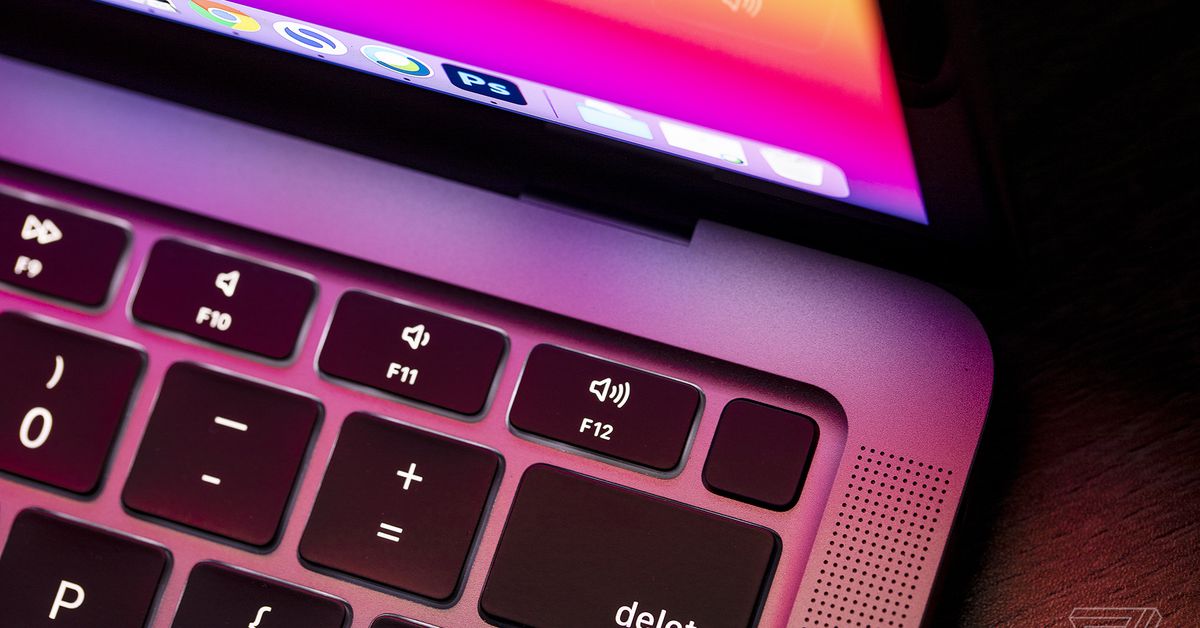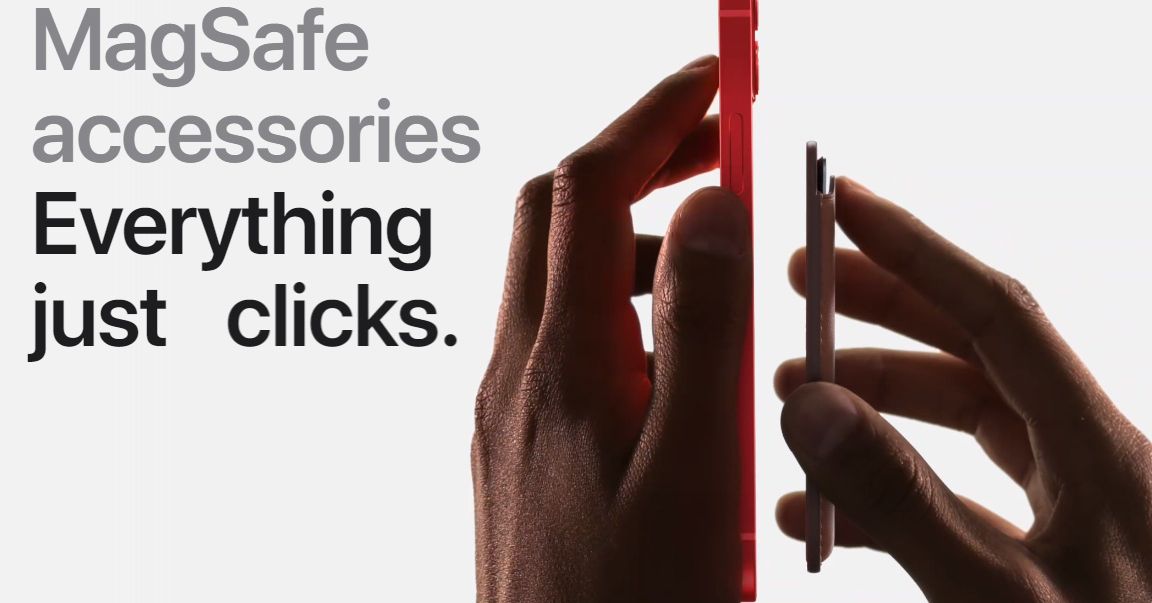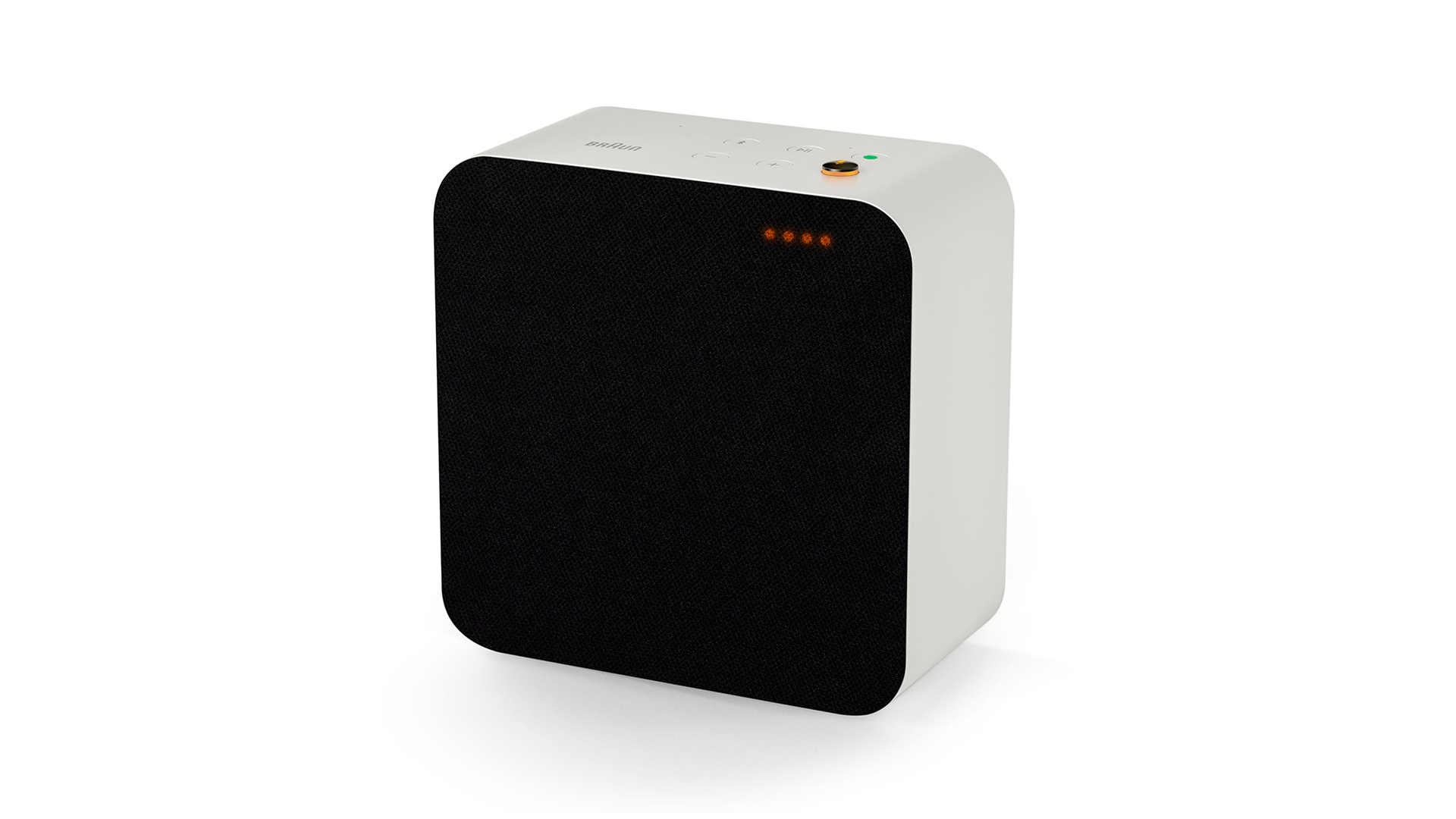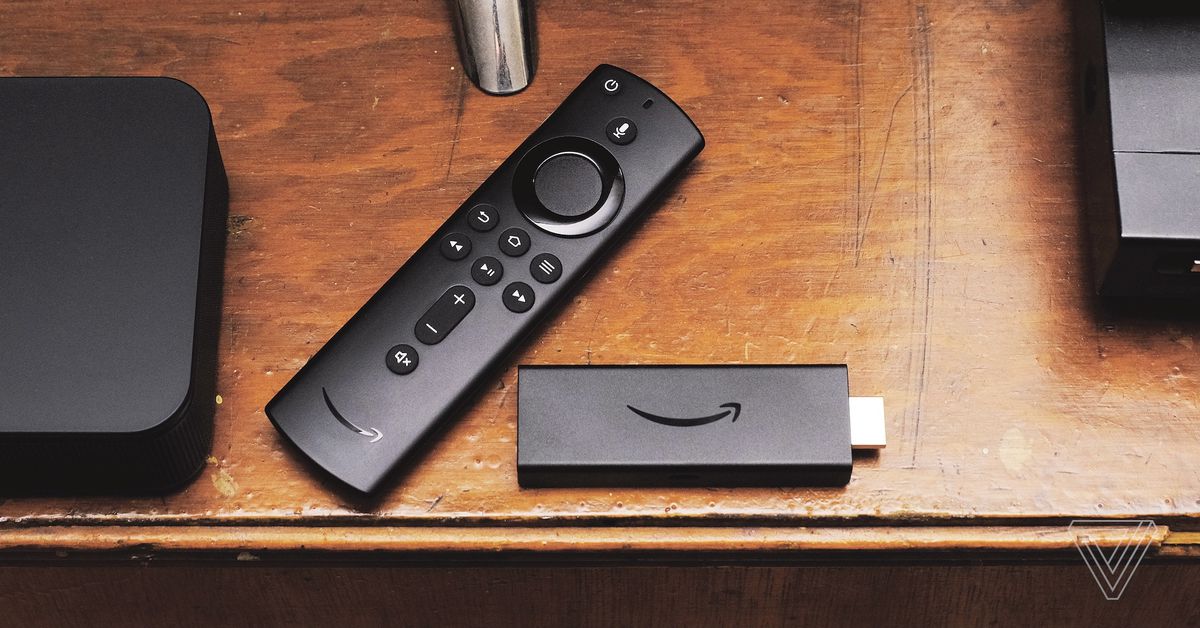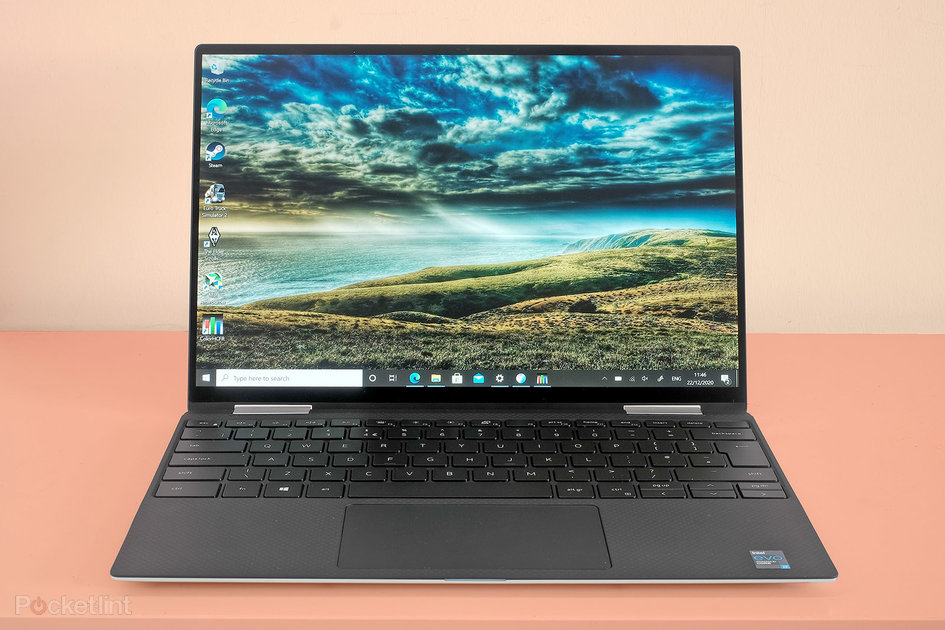Everybody loves low frequencies, right? To celebrate all things bass we’ve rounded up a list of some of our favourite test tracks when it comes to the bottom end. Volume isn’t everything, quite the opposite, so expect subtlety and detail, as well as the occasional trouser-flapper.
Whether you’re listening to a stereo system or a decent pair of headphones, you’re in your car or testing a subwoofer, all of these tracks will help when it comes to figuring out how your set-up handles low pitch frequencies. From reggae to rock, classical to dance, there should be something to tickle your fancy, with double bass, bass guitar and serious sub-bass all on show.
You can get a taste for the tracks via YouTube below, or head straight to our Apple Music, Spotify and Tidal playlists where you can find all 25 in one place.
- 40 of the best 1990s albums to test your speakers
Fat Larry’s Band – Act Like You Know
An instantly recognisable slice of early 80s funk, thanks in no small part to its fat slap of a bass line. Sliding up and down the bottom-end of the frequency spectrum, the plucked bass notes should sound punchy, natural and full of detail. The vocals and keys make for a nice juxtaposition at the other end of the range, too.
View Fat Larry’s Band on Amazon
Like this? Try Gwen McCrae All This Love That I’m Giving
Massive Attack – Angel
A brilliant, brooding bass riff from the Bristolian trip-hop kings. The group aren’t short of songs that could have made this list, but we love the way this slow-burner looms into view, shifting through the gears as the track progresses, the bass note opening up, changing texture and getting louder by the end. A lovely workout for a subwoofer.
View Massive Attack Mezzanine on Amazon
Like this? Try Portishead Numb
New Order – Age of Consent
Peter Hook’s bass is one of the most recognisable sounds in music. The sound under-pinned Joy Division and New Order (need we go on?), delivering a list of classic hooks as long as this article. Simple but effortlessly effective, this might be our favourite earworm from the New Order arsenal, with the, err, hook, seemingly finding a fresh rhythm and texture with every eight bars.
View New Order Power, Corruption & Lies on Amazon
Like that? Try this Joy Division Love Will Tear Us Apart
Rhythm & Sound – Mango Drive
Moritz von Oswald and Mark Ernestus are the godfathers of dub techno. Better known as Basic Channel, Rhythm & Sound sees them focusing on the dubbier end of the sound. Here, a repetitive sub-bass pattern is filtered slowly and subtly, tweaking the sound enough to keep your ears engaged. Familiar reggae stabs reverberate higher up the frequency range but it’s the bass heft that needs to be clean and assured to keep the track nodding along.
View Rhythm & Sound Mango Drive on Amazon
Like this? Try Global Communication 5 23
Igor Stravinsky – The Rite of Spring
You might need to towel yourself down after this one, such is the power on show. Stravinsky himself referred to the end of this piece as “a noise”, and who are we to argue.
It certainly builds to a cacophony of instruments, with ominous, pounding drums keeping the focus as the rest of the orchestra seemingly battles for supremacy. Angry strings and rasping brass demand power and precision, and probably an apology to your neighbours.
View Stravinsky Rite of Spring on Amazon
Like that? Try Johann Strauss II The Blue Danube
GoGo Penguin – Raven
GoGo Penguin is impossible to pigeon-hole. Marrying jazz riffs, breakbeats and epic melodies, the Manchester band delivers stadium-ready tracks that are at once staggeringly complex and instantly accessible. The bassline on Raven is a rapid, twitching, rollercoaster ride of a double bass blowout, requiring no small level of attention to follow as it dances around a grand piano riff and scattergun drums.
View GoGo Penguin A Humdrum Star on Amazon
Like that? Try Nitin Sawnhey Acquired Dreams
Van Morrison – Moondance
The title track from one of the greatest albums of all time features a textbook walking bassline, complete with live-style improvisation to the melody, sat comfortably in the background. Van the Man’s vocals take centre stage, while saxophone stabs and flourishes on the flute will grab your ear throughout. The bass just ticks over throughout, keeping everything in time. A great check of the overall balance and organisation of your system.
View Van Morrison Moondance on Amazon
Like that? Try Tom Waits Swordfishtrombone
Mala – New Life Baby Paris
Do you want to feel your bass as well as hear it? You’re in the right place. Dubstep referenced garage, drum ‘n’ bass, dub reggae and more to spawn a new sound in the early ’00s. Characterised by scattered drums and sub-bass notes, this is an archetypal track from the early days of the sound from one of its founding fathers, and a great test of rhythm and bass control. Deep bass hits sit beneath synth stabs and lazy drums for a complex rhythm that requires a careful hand, so wish your speakers good luck.
View Mala New Life Baby Paris on Amazon
Like that? Try Skream Midnight Request Line
Miles Davis – So What
One of the key questions a good sound system needs to answer is, do the instruments sound like instruments? If you want to check, this is a great track to use – not least when it comes to the upright bass. Each note has attack, decay, reverb, dynamics and subtle details that the best systems will deliver untainted. Can you hear the size of the room and almost taste the smoke in the air? Your system’s passed this test.
View Miles Davis Kind of Blue on Amazon
Like this? Try Marcus Miller Scoop
The xx – Fantasy
Reverb-laden guitar, minimal drums and weighty bass notes are what The xx do. And they do it very well. If your system doesn’t go low, you simply won’t hear half this track. Provided you’re not listening through a laptop’s speakers, or worse, you can close your eyes and enjoy a couple of minutes of rolling, powerful bass notes, set against a spaced-out guitar riff.
View The xx xx on Amazon
Like this? Try Polica Lately
Ini Kamoze – World-A-Music
You can’t talk about bass without talking about reggae. A much-sampled bassline and track, this Sly and Robbie production is designed to be heard on a sound system that can push some serious air. From the simple-but-effective school, you want to hear solid, rounded bass notes that stop and start cleanly and don’t muddy the midrange. Red Stripe optional.
View Ini Kamoze 16 Vibes on Amazon
Like this? Try Wayne Smith Under Mi Sleng Teng
Rage Against The Machine – Bullet in the Head
Rage Against The Machine’s brand of funk-metal lends itself perfectly to loud, powerful, low-strung bass riffs. This example sees bassist Tim Commerford taking it easy with a workmanlike contribution… before switching it up for a couple of minutes of shredding.
An insightful system will pick out plenty of detail in the neck-breaking finale – you should be able to hear the slap of the strings, not just a wall of noise, especially when the extra layers of guitar come into the mix.
View Rage Against The Machine Rage Against The Machine on Amazon
Like this? Try Korn Here To Stay
Hans Zimmer – Time
There are almost as many layers to this track as there are to Inception, the film in which this track appeared. Hans Zimmer has a hefty back catalogue of stirring soundtracks but when it comes to bass weight and detail, coupled with stirring dynamics for good measure, few do it better than Time.
This should really fill your room and the move from mezzo to forte should be enough to bring a bead of sweat to your forehead – without a firm handle on the vigorous strings, your system’s delivery will fall flat.
View Inception soundtrack on Amazon
Like this? Try Gulstav Holst Mars
Bicep – Aura
“For anyone wondering what the little technical issue was during Aura, the bass was so loud on stage it actually shook the soundcard connection out,” posted Northern Irish duo Bicep on Instagram after a recent live performance.
Loud isn’t everything but there’s no denying there are some beautifully smooth and deep bass rasps on this evocative house track, complete with crisp, contrasting strings. Got a sub? You’ll know if it’s turned up too loud with this one.
View Bicep Bicep on Amazon
Like this? Try Orbital Halcyon
Cream – Badge
Eric Clapton and George Harrison wrote it, Jack Bruce delivered the iconic bassline. Certainly considered one of the greatest bass guitarists of all time, it’s Jack’s nimble, bouncing bass riff that gives this track its energy and drive.
The quick notes will test your system’s dynamics. They should stop and start on time to avoid slowing the song down and ensure the track is nicely balanced and light on its feet, despite the depth and weight of the bass licks.
View Cream Goodbye on Amazon
Like this? Try Fleetwood Mac The Chain
Dead Prez – Hip Hop
One of the most famous basslines in hip-hop, a genre well-endowed with sub-rattling bottom frequencies. The wobbling sub-bass is layered with the catchy mid-303 effect, but it’s that sub bass you want to hear.
It’s an almost non-stop bass assault, so an over-bearing low-end will be all too apparent – a moment’s pause towards the end of the track will give you a quick test of speed and dynamics. Another good track for finding the right level on a sub.
View Dead Prez Let’s Get Free on Amazon
Like this? Try Nas Halftime
Rush – YYZ
Just listen to it.
View Rush Moving Pictures on Amazon
Like this? Try Interpol Evil
The Weeknd – Wasted Times
Adding enough of a twist to the current fashion for ultra-deep but often quite ploddy basslines in RnB and hip-hop, this track delivers bass with weight, definition and texture.
View The Weeknd My Dear Melancholy on Amazon
Like this? Try J Hus Common Sense
Talking Heads – Burning Down The House
A Talking Heads classic driven by a bubbling juggernaut of a bassline.
Inspired by attending a Parliament-Funkadelic concert, Byrne and bassist Tina Weymouth came up with the riff and the vocal hook – ‘Burn down the house!’ had been a popular chant at the gig – during a subsequent funk-infused jam. Those bass notes should sound full and deep without blurring into each other or stifling the overall tempo.
View Talking Heads Speaking In Tongues on Amazon
Like this? Try Gang of Four Not Great Men
Anton Bruckner – Symphony No.7
An hour of huge peaks and troughs that will test dynamics and control, alongside just about every other aspect of your system’s musicality. Tubas and timpanis, double basses and oboes, there’s a huge range of sounds vying for attention, especially at the bottom end of the spectrum. The second and third movements are particularly likely to trouble your bass drivers.
View Bruckner Symphony 7 on Amazon
Like this? Try Mahler Symphony No. 1
Muse – Hysteria
One thing’s for sure, you’re better off listening to this bassline than trying to playing it. Muse favour overdriven, slightly fuzzy bass parts and that roughness around the edges will find out just how insightful your system is. The wall of sound production will have you sitting back in your chair, but hear it at its best and you should be able to discern plenty of detail in the mire. And it should go down pretty low.
View Muse Absolution on Amazon
Like this? Try Metallica For Whom The Bell Tolls
Chic – Good Times
“A bass riff that made HISTORY!”, reads the top comment on this YouTube video. And they’re not wrong. The Wikipedia list of songs that sample this track currently stretches to 27, and it’s labelled as “incomplete”.
Not all famous basslines make for a useful test track but we think this one certainly passes the test. There’s more variation in length and attenuation to notes than you might notice at first listen, which require a little digging out, while some systems just won’t muster the necessary spring and rhythm.
View Chic Risque on Amazon
Like this? Try Stevie Wonder I Wish
James Blake – Limit To Your Love
You might not see it coming but the fragile vocals and simple piano chords of the track’s opening soon give way to a deep, sofa-shaking bass, that rattles around at the bottom of the register and rapidly vibrates just for good measure. Whether your kit can deliver the goods will quickly become apparent.
View James Blake James Blake on Amazon
Like this? Try SBRKT Wildfire
Thundercat – Uh Uh
An unassuming intro gives way to a frantic, two-minute finger workout for Stephen Lee Bruner, aka Thundercat.
As well as working his bass guitar and songwriting magic for the likes of Erykah Badu and Flying Lotus, Thundercat has, to date, delivered three studio albums of genre-bending, jazz-fused funk. Uh Uh is typically freeform and provides a test of timing, rhythm and insight as the bassline runs up and down the musical scale at a fast, erratic pace.
View Thundercat Drunk on Amazon
Like this? Try Cashmere Cat Mirror Maru
Atmospheric, technical drum ‘n’ bass from Photek’s revered debut album. While the genre might now favour noisier, distorted basslines, this track features a more authentic double bass sound, giving the bassline real texture and subtlety.
There’s plenty of weight, too, with complex drum patterns in the top end, so the bass shouldn’t overload the mix. There’s a lovely warmth to the rounded bass notes, which should come across on a good system.
View Photek Modus Operandi on Amazon
Like this? Try Peshay Piano Tune
MORE:
- 10 of the best songs to test your speakers
- 10 of the best tracks for testing treble
- 19 of the best tracks for testing dynamics, rhythm and timing
- 21 of the best vocal tracks to test your system
- 50 of the best hi-fi albums for audiophiles
- Listen to the What Hi-Fi? playlist
